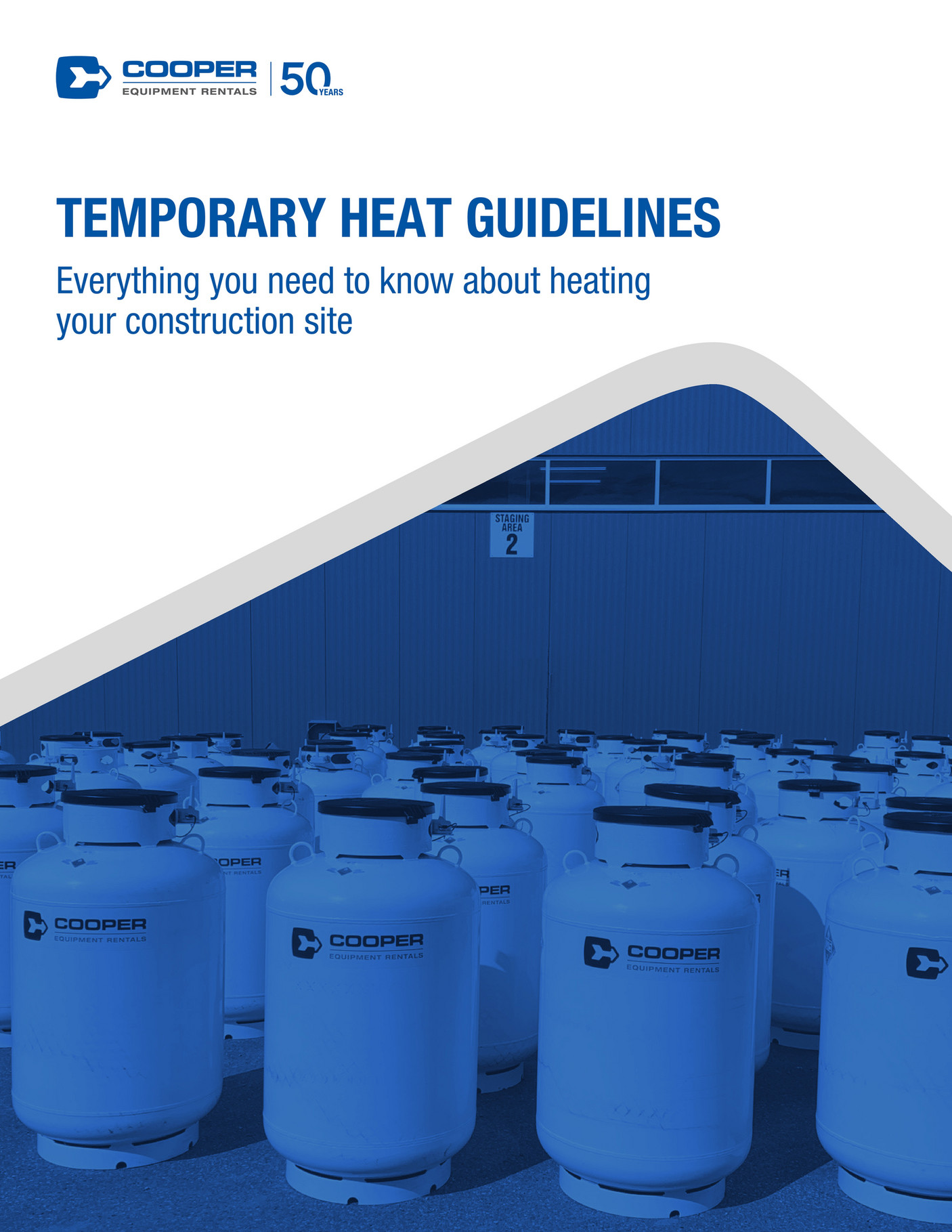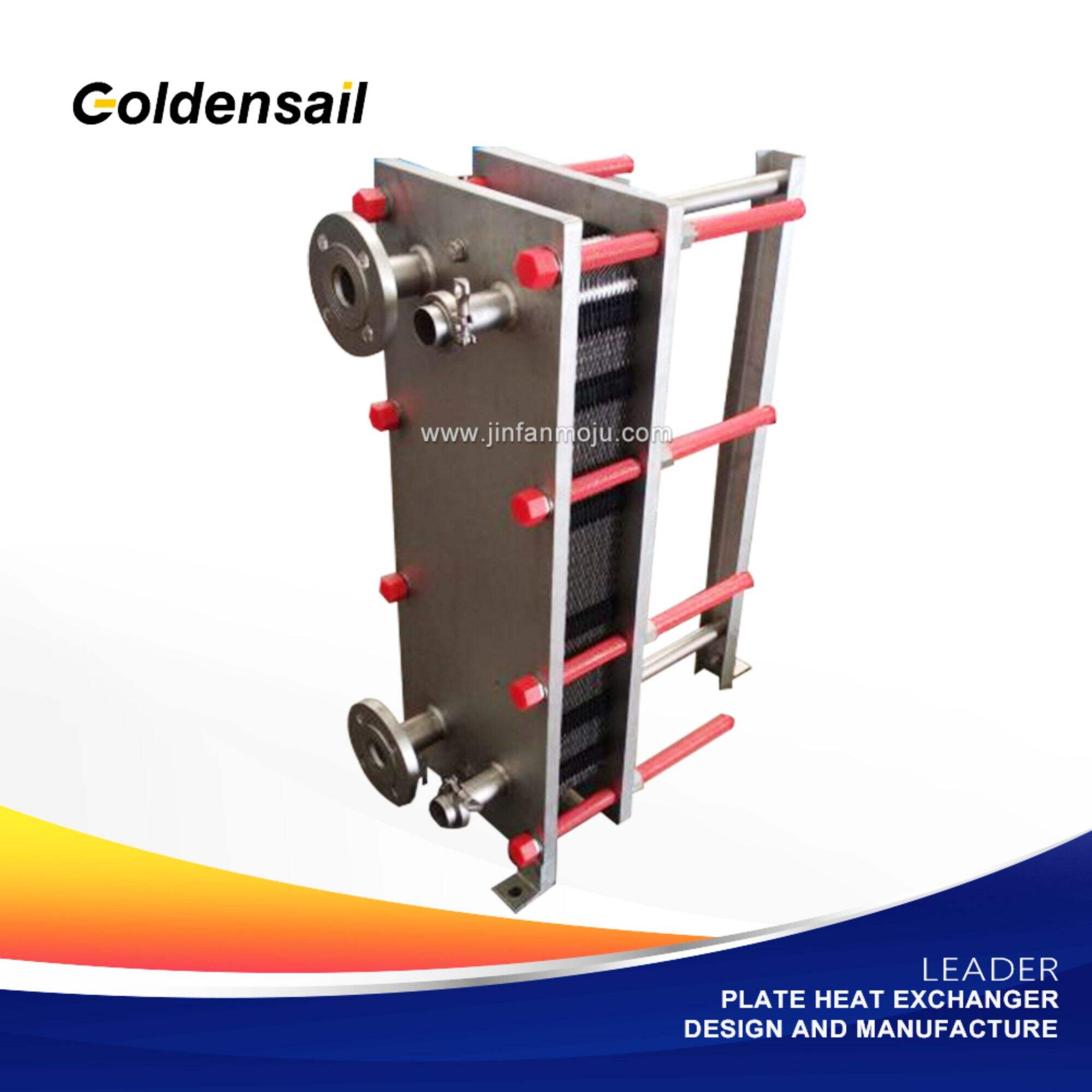In the world of hair care, "light heat protectant" has become a buzzword for those seeking to shield their hair from the damaging effects of heat styling tools. Whether you're using a hairdryer, flat iron, or curling wand, the heat can strip your hair of its natural moisture, leading to dryness, brittleness, and split ends. Enter light heat protectants—these products are designed to form a protective barrier over your hair, preventing excessive heat exposure and ensuring your locks remain healthy and vibrant.
But what exactly makes a heat protectant "light" and how does it differ from regular protectants? Light heat protectants are formulated to be less heavy and greasy, making them ideal for individuals with fine or thin hair who want protection without weighing their hair down. They are often infused with beneficial ingredients like vitamins and natural oils that not only protect but also nourish the hair, adding to its overall health and shine.
Understanding the importance of light heat protectants is crucial for anyone who regularly styles their hair with heat. In this comprehensive guide, we'll delve into the science behind these products, explore their benefits, and provide tips on how to choose and apply them effectively. We'll also address common questions and misconceptions, ensuring you have all the information you need to make informed decisions about your hair care routine.
Read also:Matthew Sanchez Dispatcher A Closer Look At His Life And Career
Table of Contents
- What is Light Heat Protectant?
- Benefits of Using Light Heat Protectant
- How Does Light Heat Protectant Work?
- Key Ingredients in Light Heat Protectants
- Choosing the Right Light Heat Protectant
- How to Apply Light Heat Protectant
- Common Mistakes to Avoid
- Light Heat Protectant vs. Regular Heat Protectant
- Best Practices for Using Heat Styling Tools
- Top Recommended Light Heat Protectants
- Environmental Impact of Heat Styling
- Frequently Asked Questions
- Conclusion
What is Light Heat Protectant?
Understanding what constitutes a light heat protectant is essential for anyone looking to maintain healthy hair while using heat styling tools. Light heat protectants are specifically formulated to provide a protective layer over your hair strands, reducing the risk of damage from high temperatures. Unlike heavier formulations, they do this without leaving a greasy residue or weighing down your hair, making them perfect for daily use.
These products typically contain a blend of silicones, polymers, and conditioning agents that work together to shield the hair cuticle from heat. The "light" aspect refers to the product's consistency and the weight it adds to the hair—essentially negligible compared to regular heat protectants. This is particularly beneficial for those with fine or thin hair, where heavy products can make hair look limp and lifeless.
Benefits of Using Light Heat Protectant
Using a light heat protectant comes with a variety of benefits that contribute to healthier hair and better styling results. Firstly, it significantly reduces the risk of heat damage, which can manifest as dryness, frizziness, and split ends. By forming a protective barrier, these products help retain moisture within the hair shaft, keeping it hydrated and resilient.
Moreover, many light heat protectants are infused with nourishing ingredients such as natural oils, vitamins, and proteins. These not only protect the hair but also condition and strengthen it, promoting overall hair health. Additionally, because they are lightweight, they allow your hair to maintain its natural movement and volume, creating a more natural and effortless look after styling.
How Does Light Heat Protectant Work?
The mechanism by which light heat protectants work is rooted in their formulation. Most light heat protectants contain silicones and polymers that coat the hair shaft, creating a protective barrier. This barrier helps to distribute heat evenly across the hair surface, preventing localized overheating and subsequent damage.
When heat is applied, these ingredients work to minimize heat conduction and reduce moisture loss. The protective layer essentially acts as a shield, reflecting heat away from the hair and reducing the risk of thermal damage. As a result, the hair remains smooth, shiny, and less prone to breakage.
Read also:The Impact Of Trump Green Bay A Closer Look At Policies And Influence
Key Ingredients in Light Heat Protectants
When selecting a light heat protectant, it's important to understand the key ingredients that contribute to its effectiveness. Commonly, these products contain silicones like dimethicone or cyclomethicone, which provide a smooth, protective coating on the hair shaft. Polymers such as polyquaternium also play a role in enhancing the product's protective capabilities.
Additionally, many light heat protectants feature natural oils and extracts, such as argan oil, jojoba oil, or aloe vera, which offer additional conditioning benefits. These ingredients nourish the hair, improving its texture and elasticity while providing a lightweight feel.
Choosing the Right Light Heat Protectant
Choosing the right light heat protectant involves considering your hair type, styling habits, and personal preferences. For fine or thin hair, opt for a product that emphasizes lightweight protection and volume enhancement. If you have curly or textured hair, look for products that offer additional moisture and frizz control.
It's also essential to consider the ingredients list and ensure that the product is free from harmful chemicals like sulfates and parabens. Reading reviews and seeking recommendations from trusted sources can also help you find a product that meets your needs and expectations.
How to Apply Light Heat Protectant
Proper application of light heat protectant is crucial for maximizing its benefits. Begin by washing and conditioning your hair with products suited to your hair type. Towel dry your hair gently to remove excess moisture before applying the heat protectant.
Dispense a small amount of the product into your palms and distribute it evenly throughout your hair, focusing on the mid-lengths and ends where heat damage is most likely to occur. Use a wide-tooth comb to ensure even distribution and avoid applying too much product, as this can lead to buildup and weigh your hair down.
Common Mistakes to Avoid
While using a light heat protectant is beneficial, there are common mistakes to avoid to ensure optimal results. One such mistake is applying the product to wet hair without towel drying first. Excess water can dilute the protectant, reducing its effectiveness.
Another common mistake is using too much product, which can lead to buildup and make hair appear greasy. It's also important to remember that heat protectants are not a substitute for proper styling techniques; always use heat styling tools at the recommended temperature and avoid excessive heat exposure.
Light Heat Protectant vs. Regular Heat Protectant
Understanding the differences between light and regular heat protectants can help you choose the right product for your needs. Light heat protectants are designed to be weightless, making them ideal for fine or thin hair. They focus on providing essential protection without compromising volume or movement.
Regular heat protectants, on the other hand, are often more robust in their formulation, offering heavier protection suitable for thicker or more resilient hair types. They may contain additional conditioning agents to address specific hair concerns, such as frizz or dryness.
Best Practices for Using Heat Styling Tools
To ensure your hair remains healthy while using heat styling tools, it's essential to follow best practices. Always start with a clean, conditioned base and apply a light heat protectant before using any heat tool.
Set your styling tools to the appropriate temperature for your hair type and avoid using the highest heat setting unless necessary. Move the tool steadily and avoid lingering on one section of hair for too long to prevent heat damage.
Top Recommended Light Heat Protectants
There are several highly recommended light heat protectants on the market that cater to different hair types and styling needs. Among them are products that offer lightweight protection, conditioning benefits, and added shine.
When selecting a product, consider factors such as ease of application, scent, and how it fits into your overall hair care routine. Reading reviews and seeking recommendations from professionals can also guide you in making an informed decision.
Environmental Impact of Heat Styling
While heat styling offers convenience and versatility, it's important to consider its environmental impact. The frequent use of electrical tools contributes to energy consumption and carbon emissions.
To mitigate this impact, opt for energy-efficient styling tools and limit heat styling to essential occasions. Additionally, using sustainable hair care products and practices can further reduce your overall environmental footprint.
Frequently Asked Questions
- What is the main purpose of a light heat protectant?
- Can light heat protectants be used on all hair types?
- How often should I apply light heat protectant?
- Do light heat protectants contain harmful chemicals?
- Are there natural alternatives to light heat protectants?
- Can light heat protectants improve hair health?
Its main purpose is to protect hair from the damaging effects of heat styling tools while providing a lightweight, non-greasy feel.
Yes, although they are particularly beneficial for fine or thin hair due to their lightweight formulation.
Apply it every time you plan to use heat styling tools on your hair.
Most reputable brands avoid harmful chemicals, but it's always good to check the ingredients list.
Yes, natural oils like argan oil can offer some heat protection, although not as effective as formulated protectants.
Yes, many contain nourishing ingredients that can enhance hair health over time.
Conclusion
Incorporating a light heat protectant into your hair care routine is an effective way to safeguard your hair from the detrimental effects of heat styling. By understanding the benefits and proper application techniques, you can maintain healthy, vibrant hair while enjoying the versatility of your favorite styling tools. Choose the right product for your hair type, and enjoy the peace of mind that comes with knowing your hair is protected and nourished.

